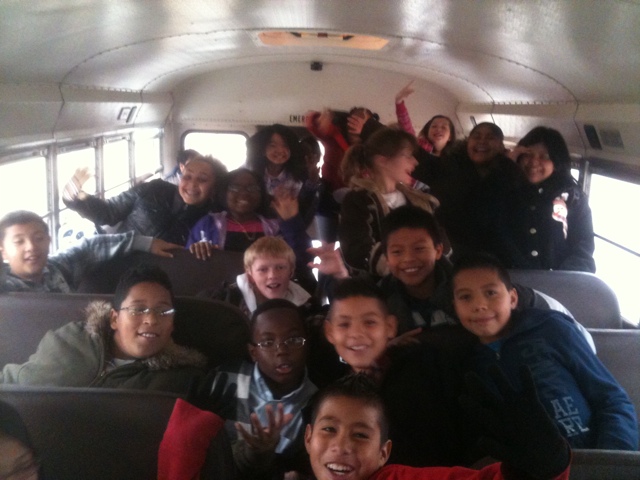During our study of Historical Fiction, students formed book clubs that read the same book and discussed together. I created TOP SECRET Book Club Binders for each group in hopes to create an exciting way to keep and organize their notes while reading.
The first day the groups met, they formed a Book Club Constitution with this as a guideline:
I included this page at the front of the binder as a reminder of all the ways they could collect their information (whichever way suited them). We had previously done minilessons on these:
The binder included 4 tabs: Thoughts, Characters and Plot, Vocabulary, and Envision
I typed up one of our anchor charts from our minilessons to put in the Thoughts tab as a tool for them to use.
I then included several blank graphic organizers for them to use if they wanted. They were also free to just make notes on stickies or on paper. These graphic organizers were just an option several chose to take advantage of. I've uploaded picture of just SOME of the MANY we used. Still in the Thoughts tab...
Questions Tab: In this tab I included a reminder sheet of QAR and the different leveled questions we can come up with. I also taught this skill in small groups during their reading time.
Characters/Plot Tab: This tab included the most graphic organizers. Here are some examples.
They also put their own notes into the tabs to share with their group. I taught students how to make a Character Attribution Matrix like this one:
Here is a student's character web on Isabel from the book Chains.
Vocabulary Tab: This tab included a collection sheet and word maps.

Finally, the Envision Tab was just a place for them to put their sketches of the story.
I think this was a great organizational tool for the book clubs to use. Each week they decided as a group on their jobs for the week. Each week someone would focus on Questions, Characters, Envision, and Vocabulary. They rotated through these jobs so every one got to do each job. At the end of reading time, I gave groups 5 minutes to meet with each other to share and talk about their books and add their notes to the binder in the appropriate tab. This way all their notes were in one place, rather than spread out in 5 different spirals in 5 different desks.
The only thing I'm going to change next time is I'm going to put a Job chart in the front pocket that keeps track of who has which job each week. I want to make sure I have a way to track who is making notes and who is not. Definitely make sure names get put on everything!
It was such a success, I plan on using it again for our next book clubs: FANTASY!!




























